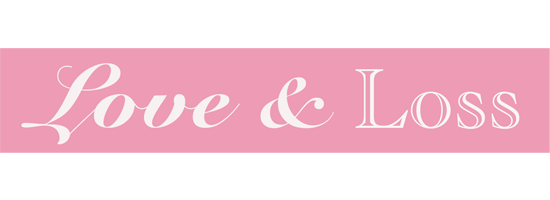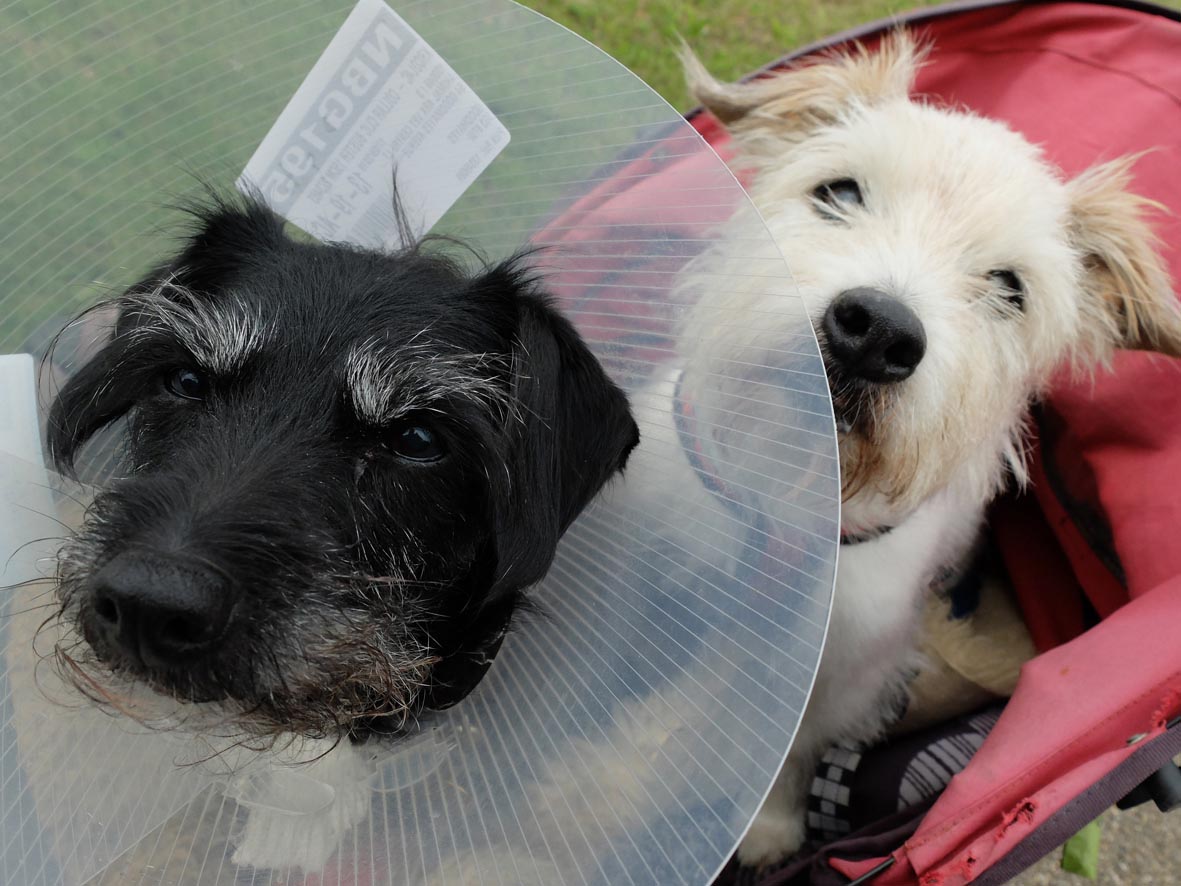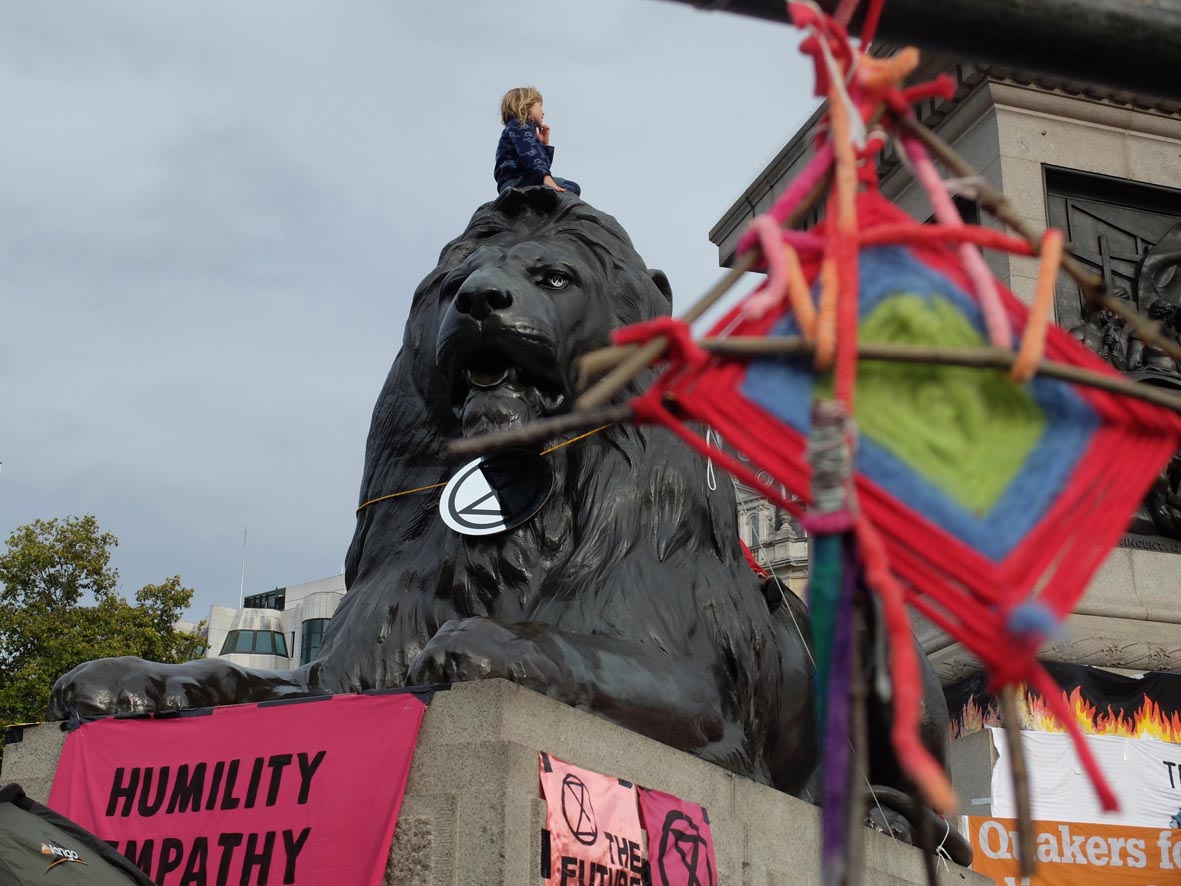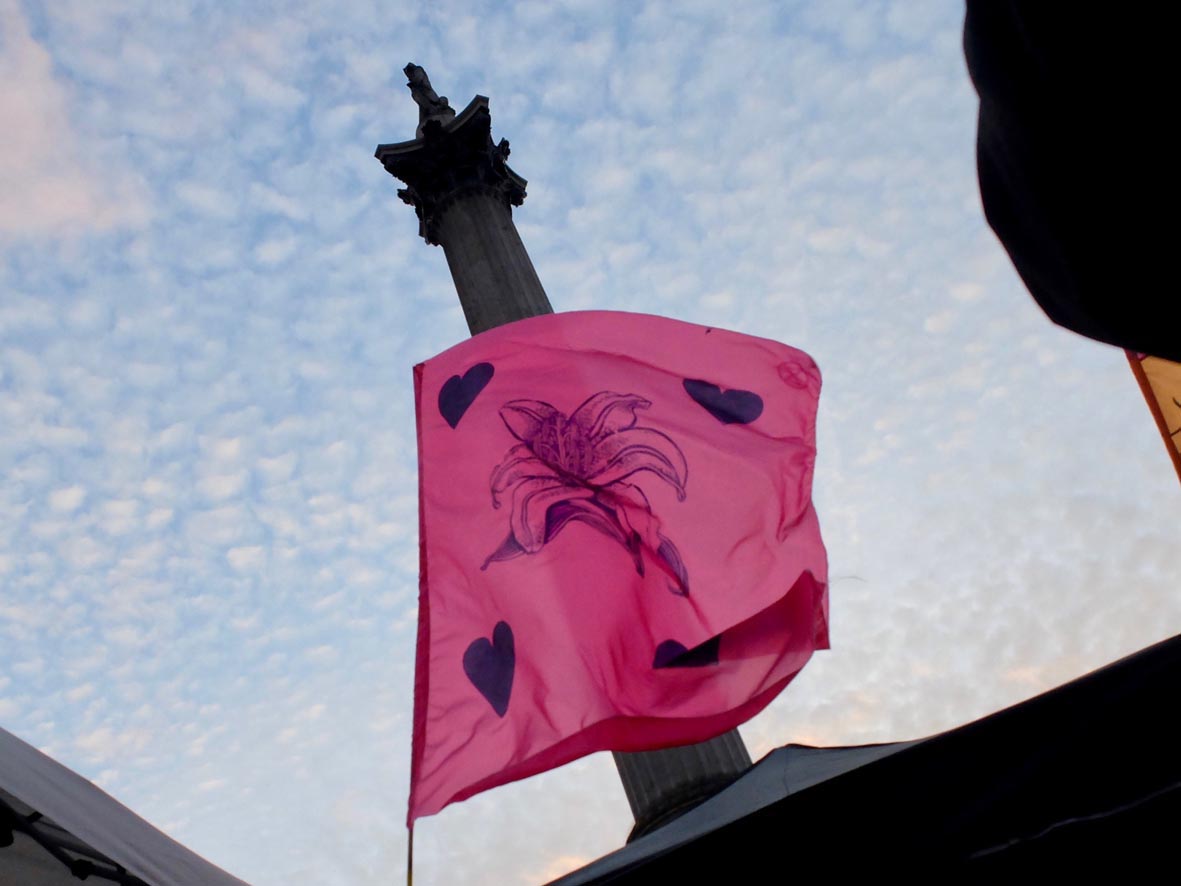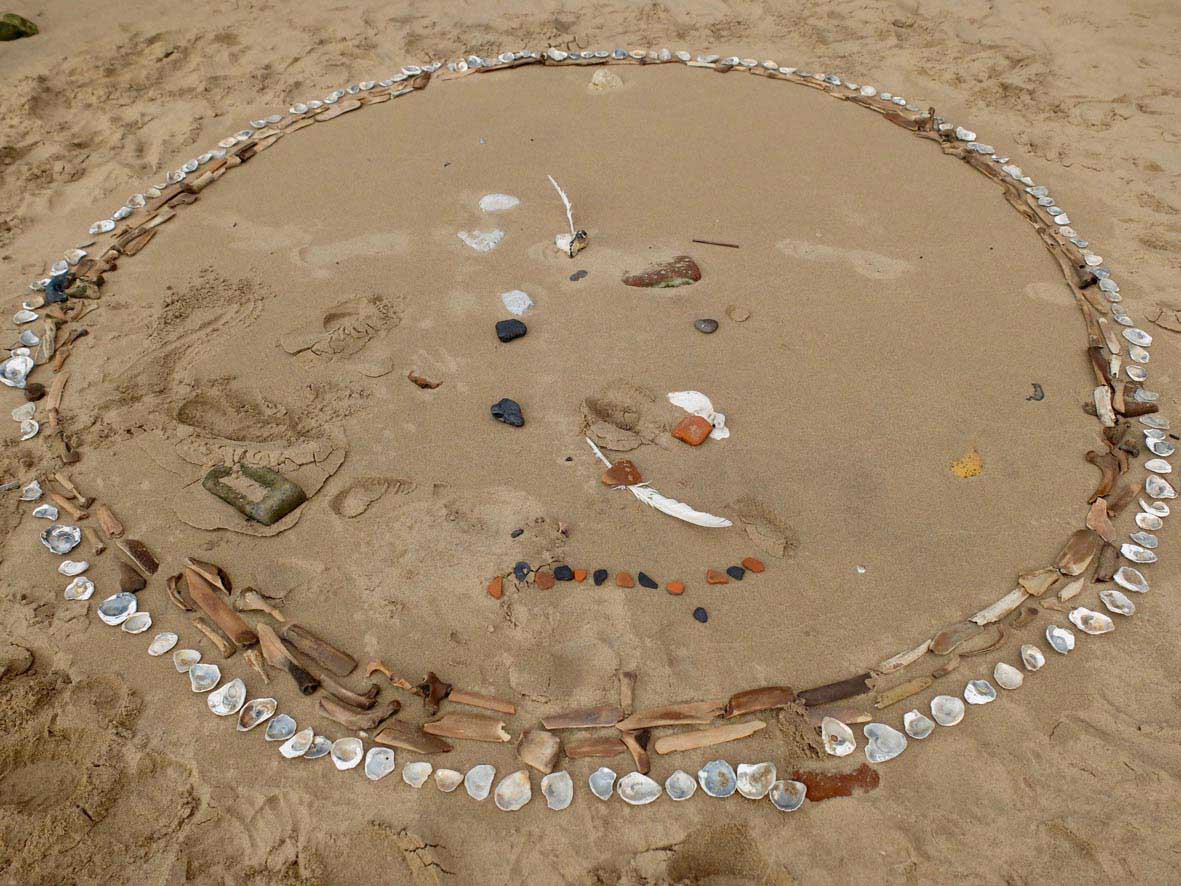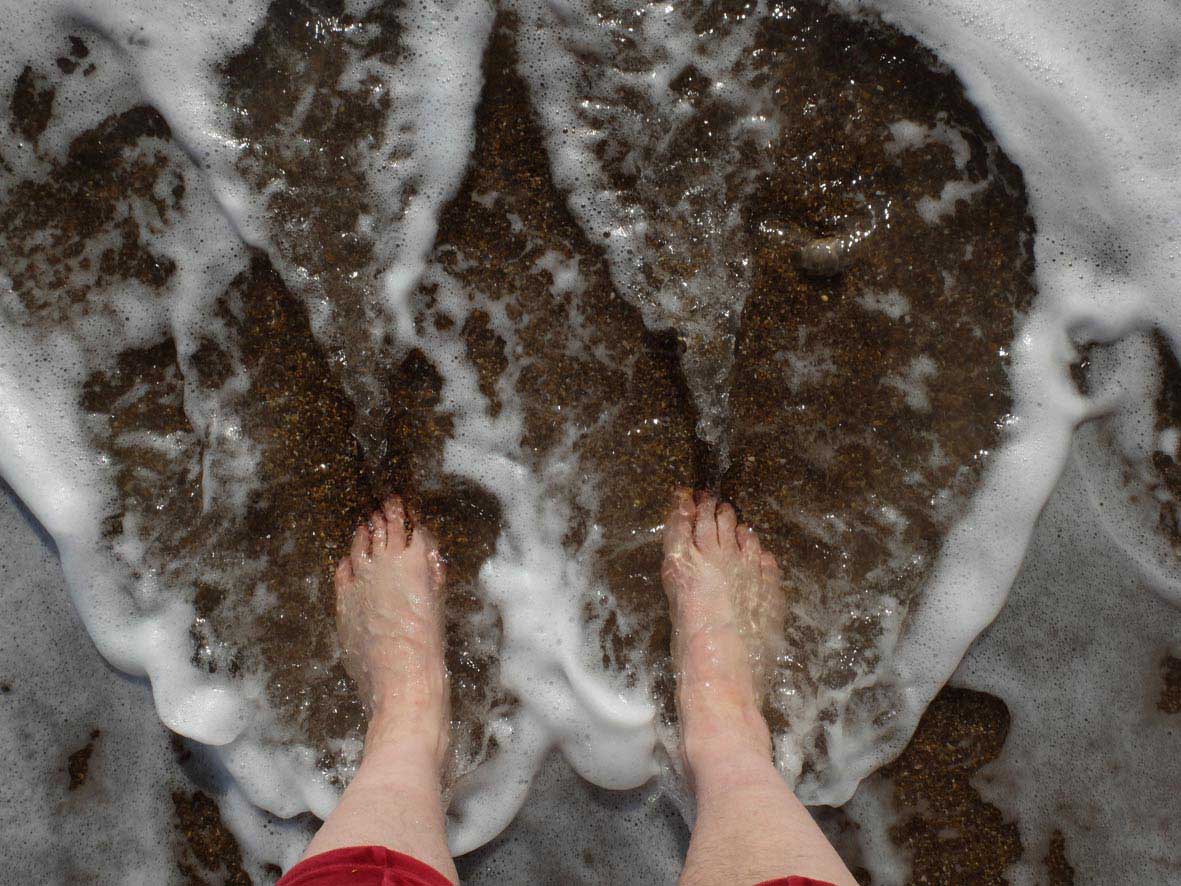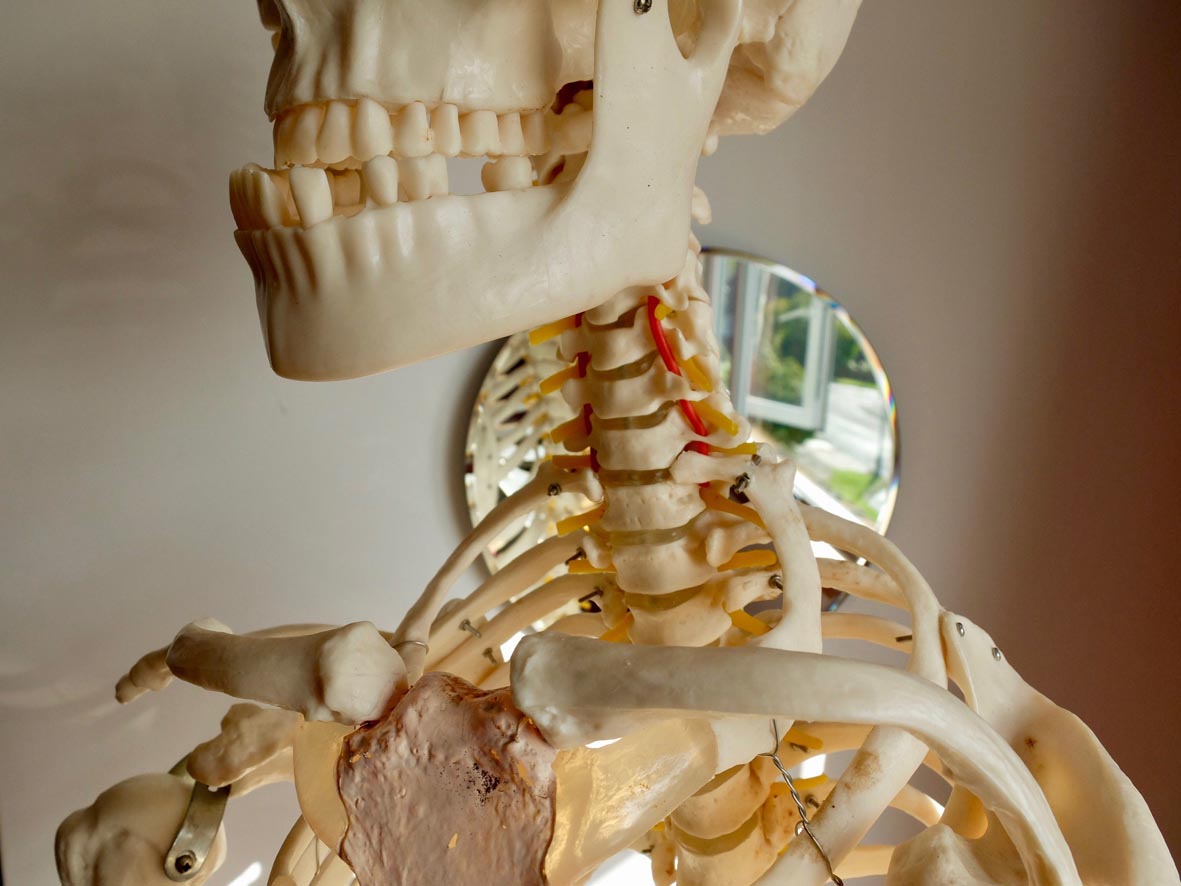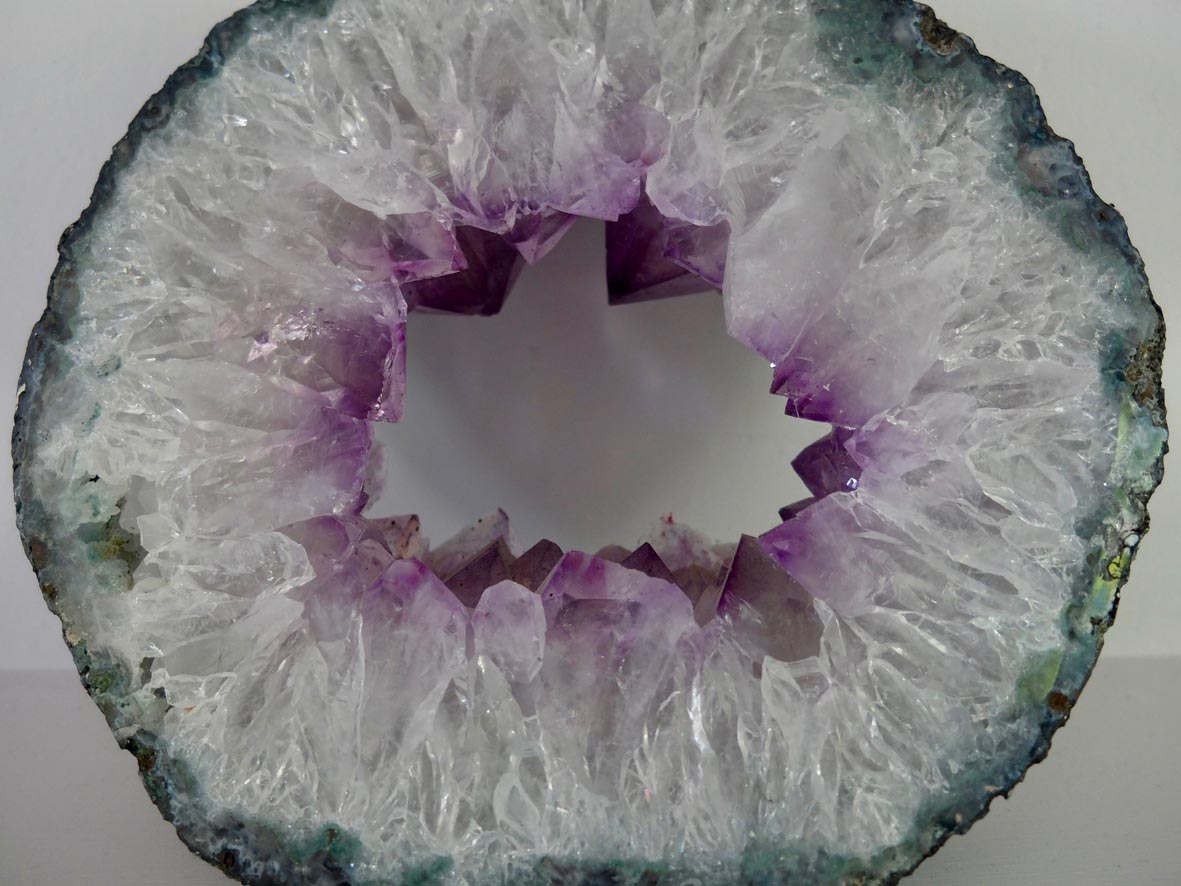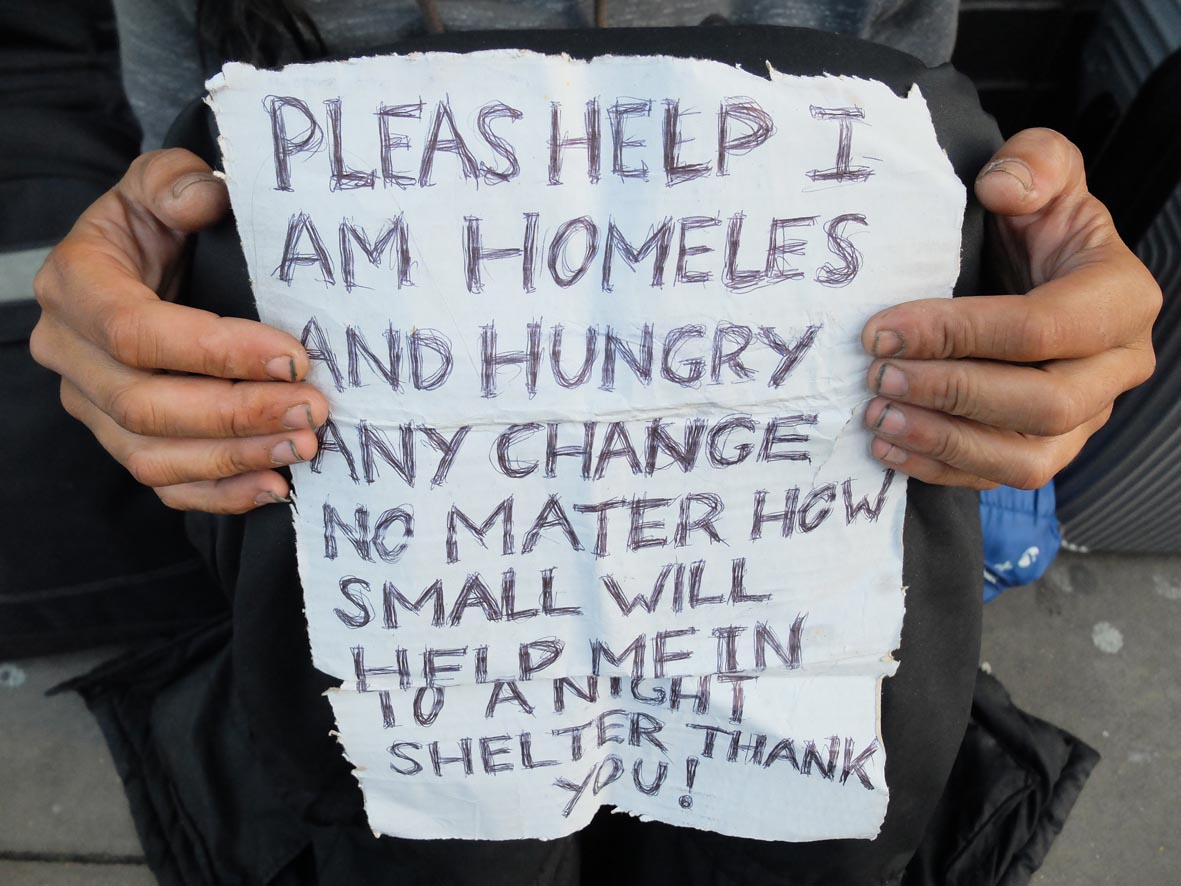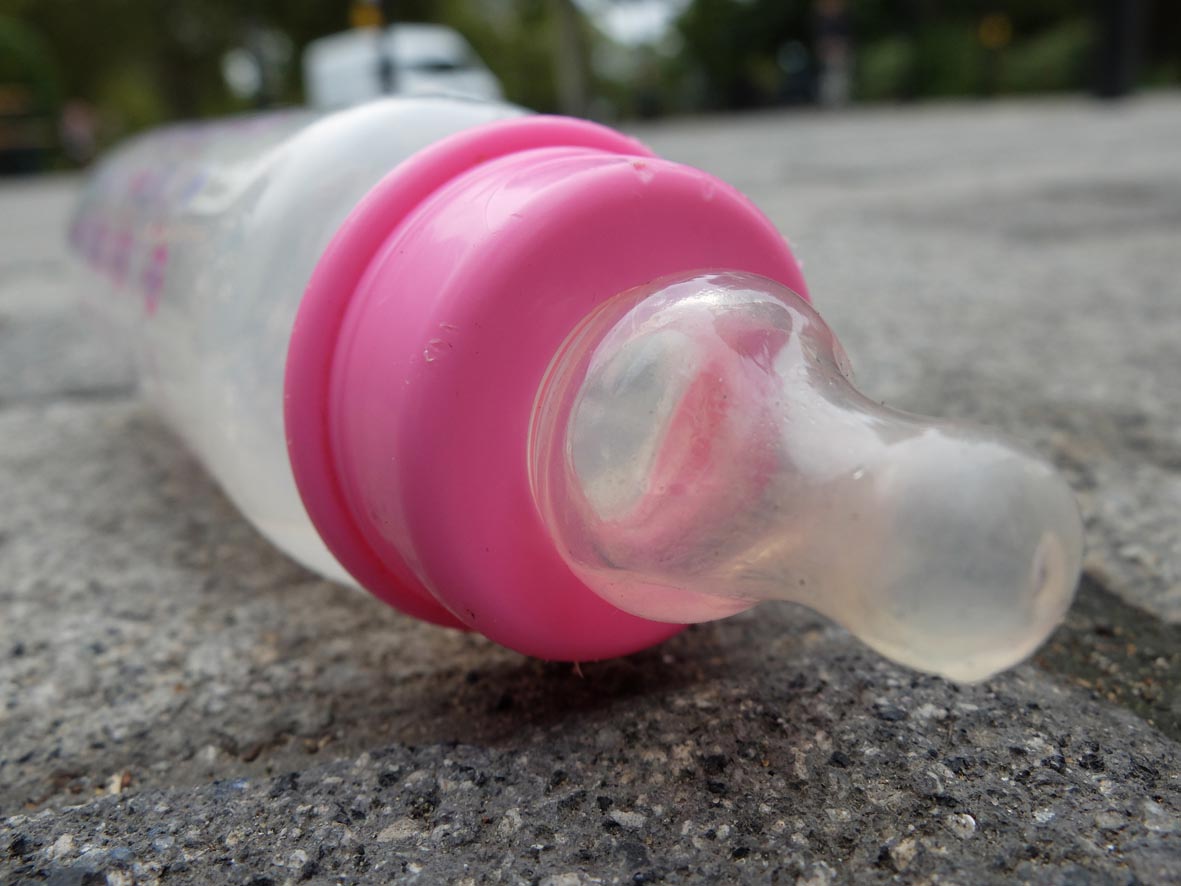13 Oct Fossil
 On the beach at Rottingdean, my eye is drawn to one stone amongst many. I pick it up, notice the faint striations forming a star. It was once some kind of sea urchin. It has been rubbed smooth by the sea’s movement over aeons of time. We lie down on the beach to rest after a cycle of conscious connected breathing. The sea moves in and out with its own pattern of continuous ebb and flow. I lie on the beach holding this survivor of deep time in my hand while I slow down, listen to each wave of my breath moving through my resting body. My computer search suggests it may be a mid-creataceous period Toxaster, around 100 million years old.
On the beach at Rottingdean, my eye is drawn to one stone amongst many. I pick it up, notice the faint striations forming a star. It was once some kind of sea urchin. It has been rubbed smooth by the sea’s movement over aeons of time. We lie down on the beach to rest after a cycle of conscious connected breathing. The sea moves in and out with its own pattern of continuous ebb and flow. I lie on the beach holding this survivor of deep time in my hand while I slow down, listen to each wave of my breath moving through my resting body. My computer search suggests it may be a mid-creataceous period Toxaster, around 100 million years old.
